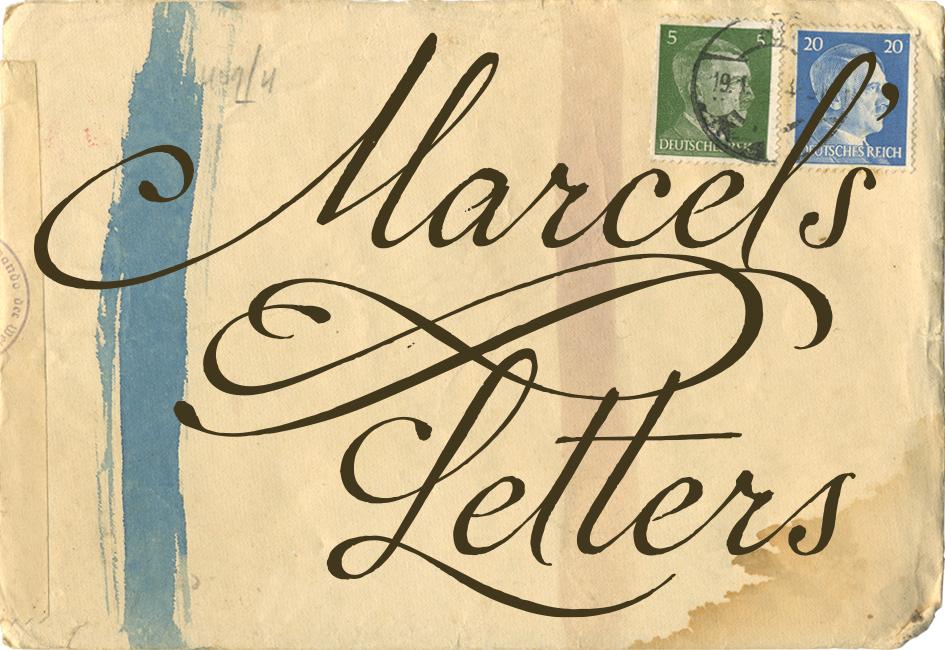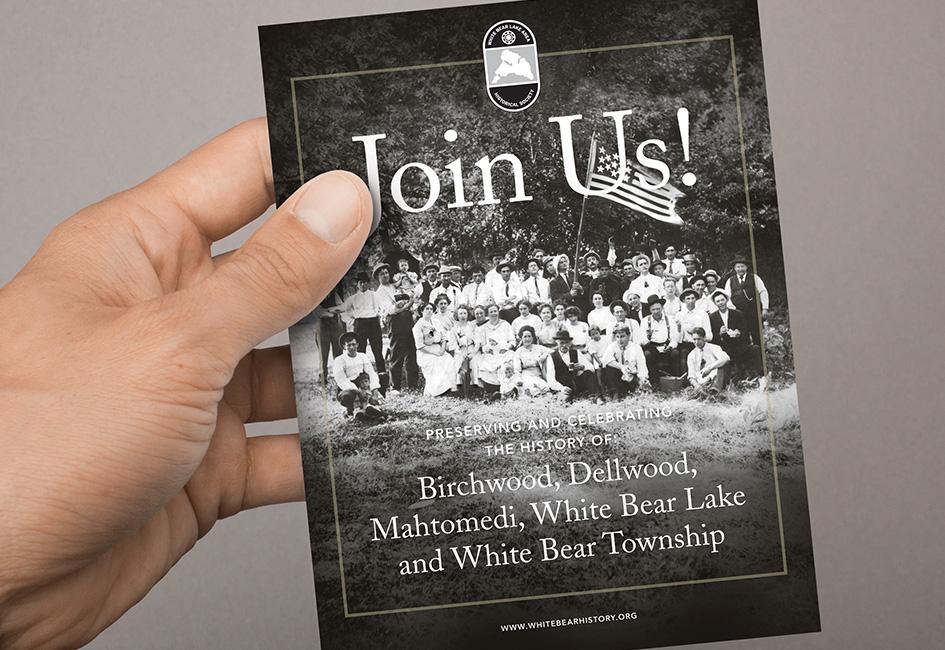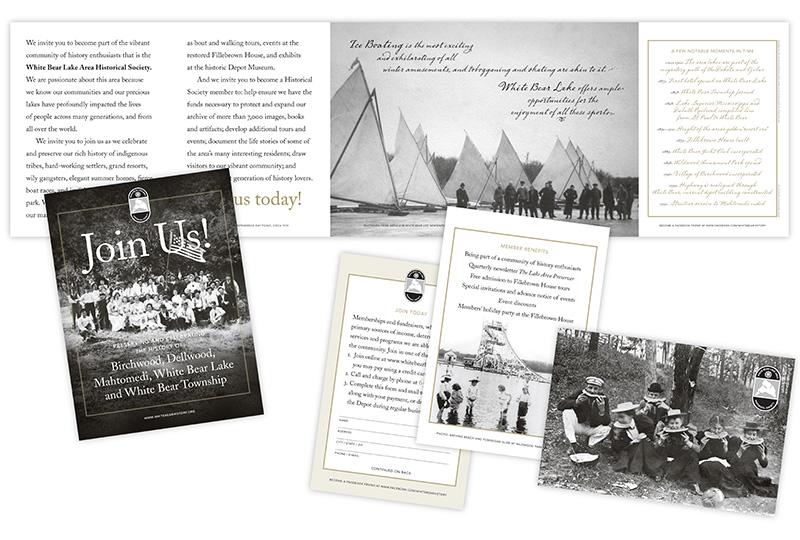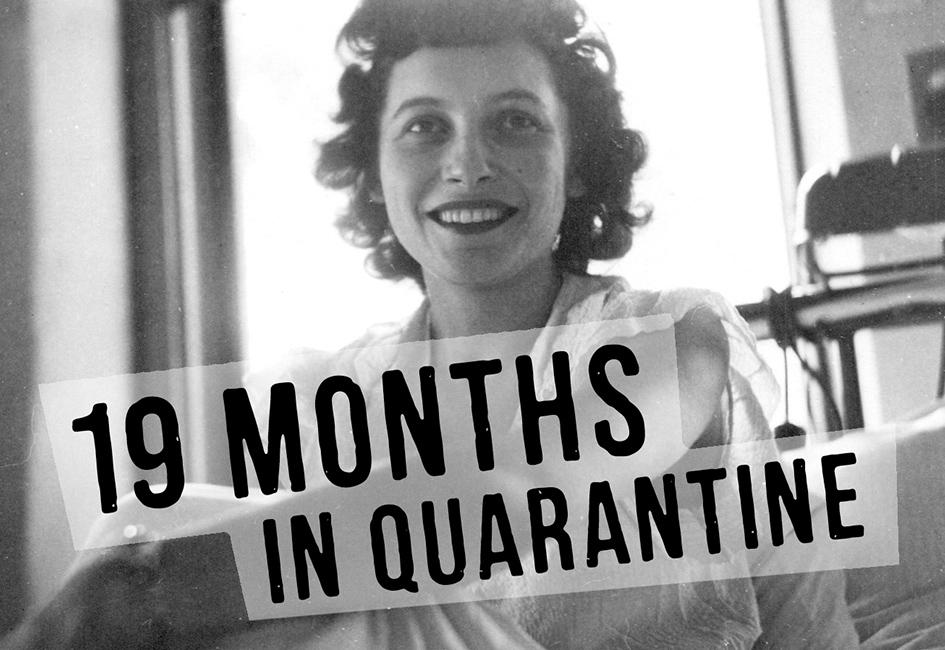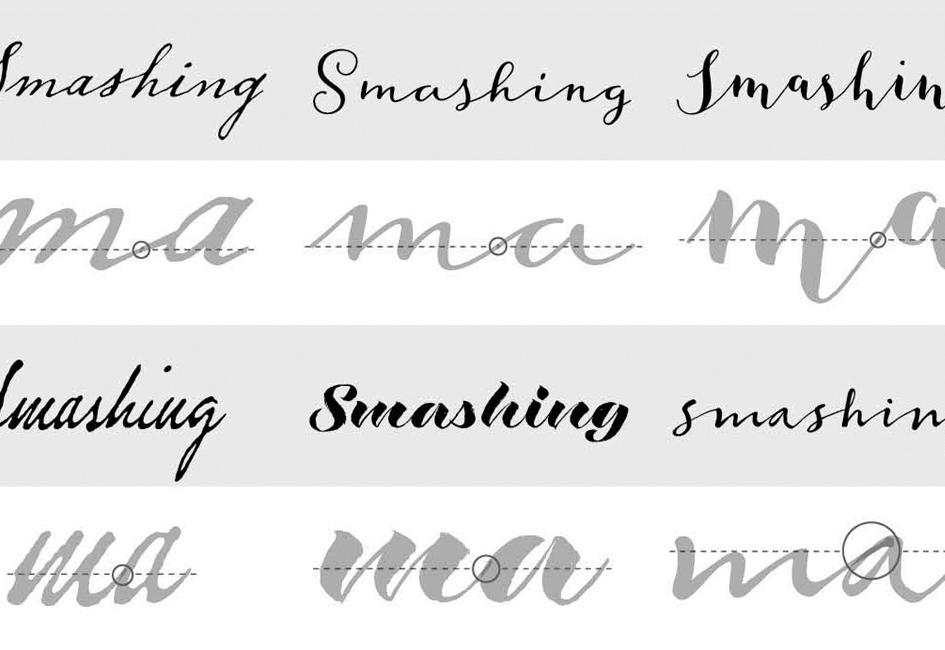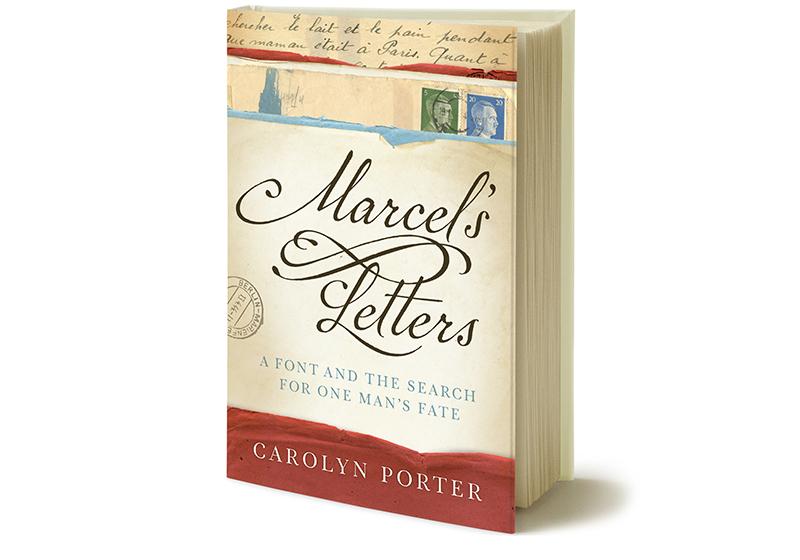
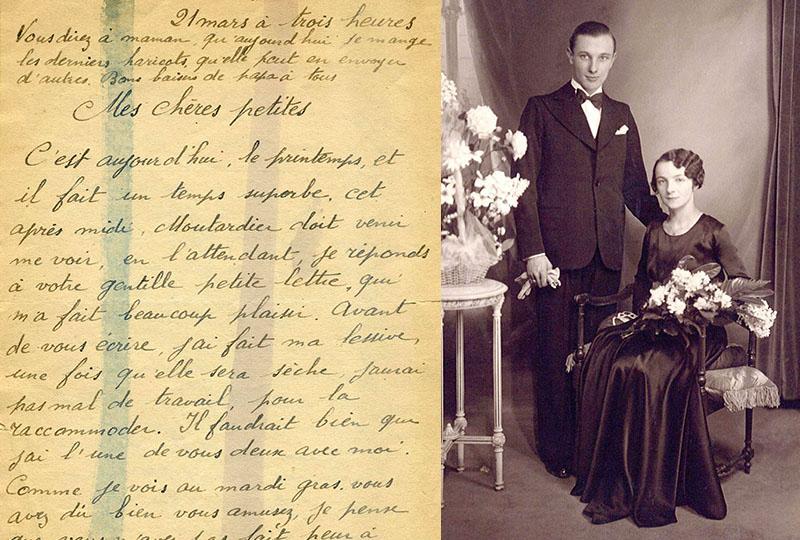
A quest to learn about handwritten letters found at an antique store in Minnesota resulted in an unexpected story of love, hope and resilience.
Text from the dustjacket of Marcel’s Letters: A Font and the Search for One Man’s Fate:
Seeking inspiration for a new font design in an antique store in Stillwater, Minnesota, graphic designer Carolyn Porter stumbled across old letters covered with expressive handwriting. She could not read the letters — they had been written in French — but she could see they had been signed by a man named Marcel and mailed from Berlin to France during the middle of World War II.
As Carolyn grappled with designing the font, she decided to have the letters translated. She was shocked to learn Marcel had been a forced laborer writing from a German labor camp. Marcel’s words of love combined with testimony of survival compelled Carolyn to search for answers to the questions: Why had Marcel been in Berlin? How did his letters end up in a store in Minnesota? And most importantly, did he return to his beloved wife and daughters after the war?
Marcel’s Letters: A Font and the Search for One Man’s Fate recounts Carolyn’s obsessive quest for answers — answers that would come from Germany, France, and across the United States. Simultaneously, she would continue to work on what would become the acclaimed font P22 Marcel Script, which immortalizes the man and letters that waited years to be reunited with his family.
Visit Carolyn’s personal website to learn more about the book.
Buy a copy from IndieBound — an online bookstore that supports local, independent book sellers.
Gold Award: Best First Book Non-Fiction, IPPY
Winner: Biography/Autobiography/Memoir, Paris Book Festival
Gold Award: Memoir/Biography, Military Writers Society of America
Finalist: Memoir & Creative Non-Fiction, Minnesota Book Award
Category Finalist: Memoir, Eric Hoffer Book Award
“As impressive as [Porter’s] detective work is, it is Marcel and his letters — real, honest, heartfelt, and brave — that are undoubtedly the star of this marvelous book.”
– BOOKLIST, STARRED REVIEW

